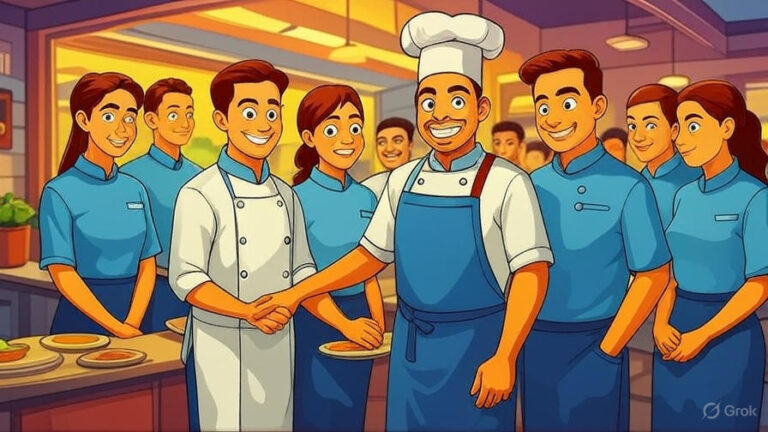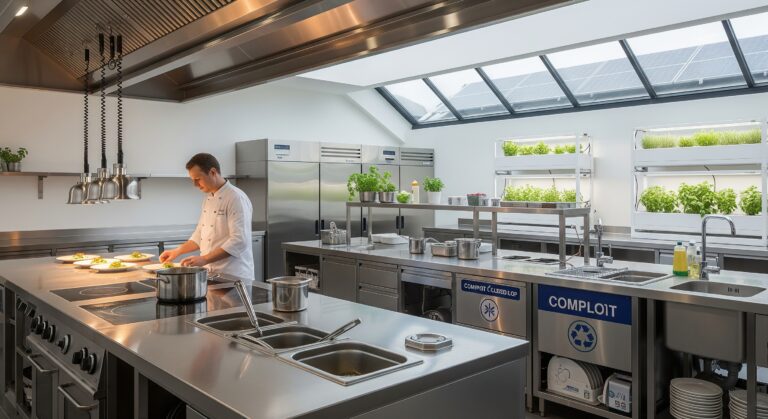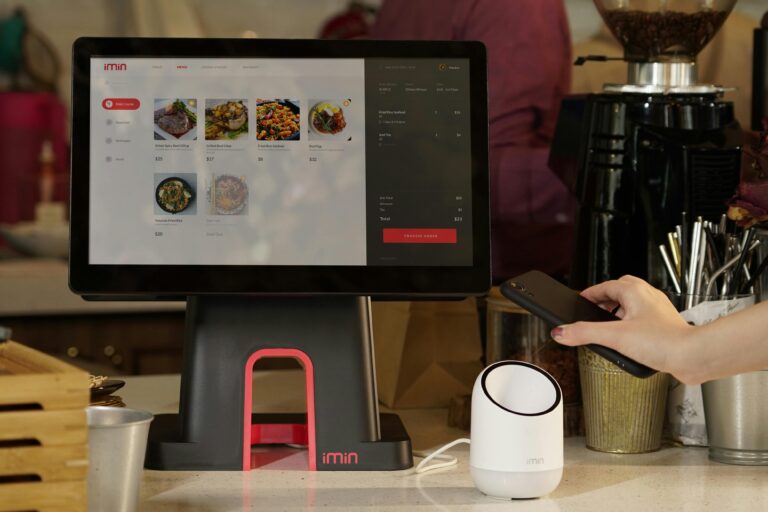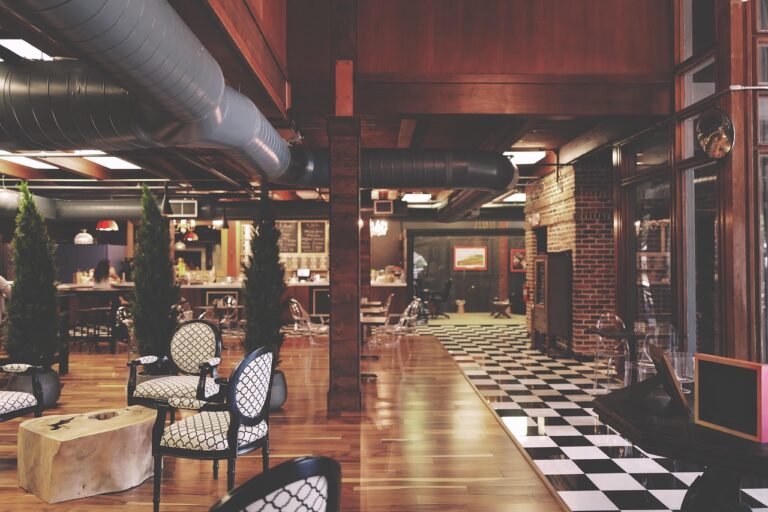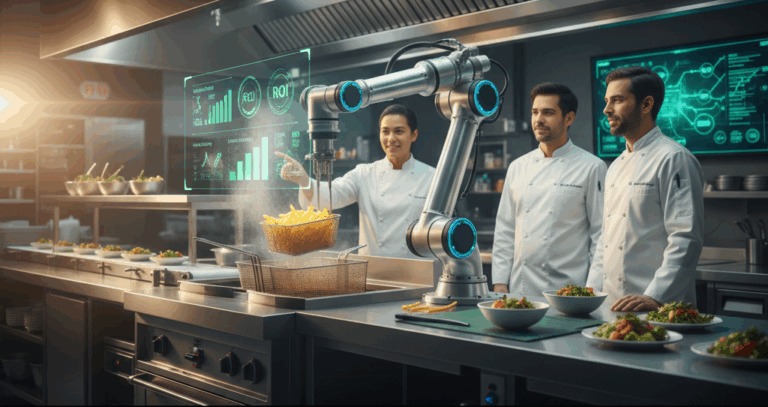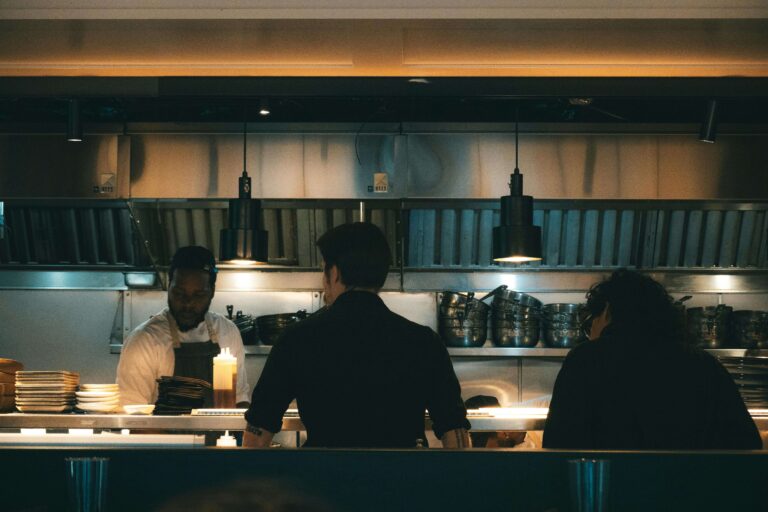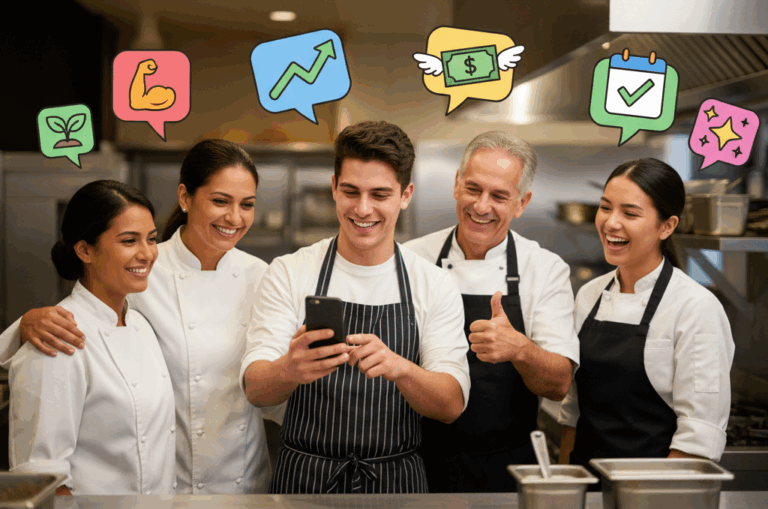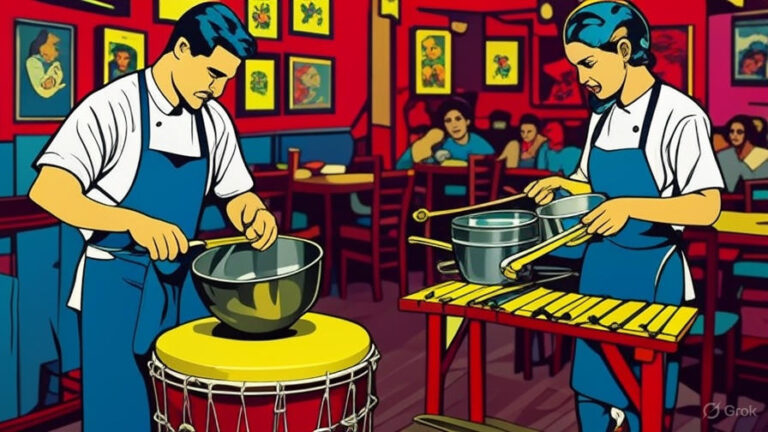Hey, restaurant managers and operators! Let’s get real for a moment. We all know the feeling of seeing a “Help Wanted” sign become a permanent fixture in the front window. The Great Labor Shortage isn’t just a buzzword; it’s a daily reality that’s been a tough nut to crack. We’re constantly hearing about the latest hiring crisis, but what about the employees we already have?
It’s easy to get caught in the cycle of recruiting, hiring and training, only to watch a new team member walk out the door a few months later. But what if we shifted our focus from finding new people to keeping the amazing ones we already have? Employee turnover is a silent killer of morale, profitability and consistency. The good news is, a lot of the best retention strategies aren’t about throwing more money at the problem (though we’ll definitely talk about that!). They’re about creating a workplace where people feel valued, respected and excited to show up for their shifts.
So, let’s grab a cup of coffee and chat about some practical, friendly retention strategies that will help you build a team that wants to stay for the long haul.
1. Build a Culture That Feels Like Family (The Good Kind)
Let’s be honest, working in a restaurant can be chaotic, stressful and physically demanding. When the pressure is on, a supportive team culture can be the difference between a great night and a total meltdown. But a great culture doesn’t just happen by accident—it’s built with intention.
- Lead with empathy and respect: This is the foundation. As a manager, you set the tone. Treat every team member, from the dishwasher to the head chef, with respect. A simple “thank you” or “great job during that dinner rush” goes a long way. When you address a problem, do it privately and constructively. Public praise, private feedback. It’s a simple rule that builds trust and loyalty.
- Encourage teamwork: Foster a “we’re all in this together” mindset. Cross-train staff so they can help each other out during busy periods. Encourage communication and discourage blame. When your team sees you backing them up and celebrating their collective successes, they’ll feel a stronger sense of purpose and belonging. For some great insights into the importance of this, check out this article on building a strong restaurant culture.
2. Ditch the Clopenings and Embrace Flexibility
The restaurant industry has long been known for its unpredictable and demanding schedules, but that’s a major driver of burnout and turnover. Your staff has lives outside of work—families, school, second jobs and personal appointments. Giving them a say in their schedule is a game-changer.
- Offer consistent, predictable scheduling: While a totally rigid schedule isn’t always possible, you can provide more consistency. Avoid the dreaded “clopening” (closing late and opening early the next morning). Give your team their schedules well in advance so they can plan their lives.
- Use technology to your advantage: Scheduling software isn’t just for you; it’s a powerful tool for your employees. Apps that allow for easy shift swaps and time-off requests give your staff more control over their work-life balance. When people feel like their personal time is respected, they’re more likely to be committed when they are on the clock. A Study by Toast POS found that a staggering 52% of restaurant workers are “extremely interested” in using an app to access their schedules, pay and communicate with their team.
3. Invest in Their Future, Not Just Their Present
One of the most common reasons employees leave is because they don’t see a clear path for growth. Showing your team that there’s a future for them in your restaurant is one of the most powerful retention tools you have.
- Create clear career paths: Sit down with your employees and talk about their goals. Do they want to become a shift lead, a bartender or a manager someday? Outline what skills they need to develop to get there. Providing a roadmap for professional development shows them that you’re invested in their long-term success, not just their ability to show up for their next shift.
- Offer cross-training opportunities: Let a server spend a shift helping out at the host stand or a line cook shadow the head chef. This not only makes your team more versatile, but it also gives them a broader understanding of the business and makes them feel more valued. When they learn new skills, they feel more confident and more engaged in their work.
4. Competitive Pay and Benefits (Yes, It Still Matters!)
While culture and flexibility are huge, we can’t ignore the basics. At the end of the day, people work to earn a living, and in a competitive market, you need to make sure your compensation package is appealing.
- Go beyond minimum wage: We all know that minimum wage isn’t a living wage. Research what other restaurants in your area are offering and aim to be competitive. Transparent pay structures and consistent tip handling are also key.
- Get creative with benefits: Full medical and dental might be out of reach for smaller operations, but there are other ways to show you care. Think about offering a simple IRA plan, a wellness stipend or even a free meal every shift. These perks, even if they seem small, can make a big difference in showing your team that their well-being is a priority. This article on attracting and retaining restaurant employees with benefits has some fantastic ideas for both big and small operations.
The Key to Success: Staff That Stay
Navigating the labor shortage is a marathon, not a sprint. The key to winning is not just to focus on finding new runners, but on making sure the ones on your team feel so supported and valued that they never want to leave the race. By investing in your people—their well-being, their schedules and their futures—you’re not just solving a short-term problem; you’re building a stronger, more profitable and more sustainable business for years to come.


